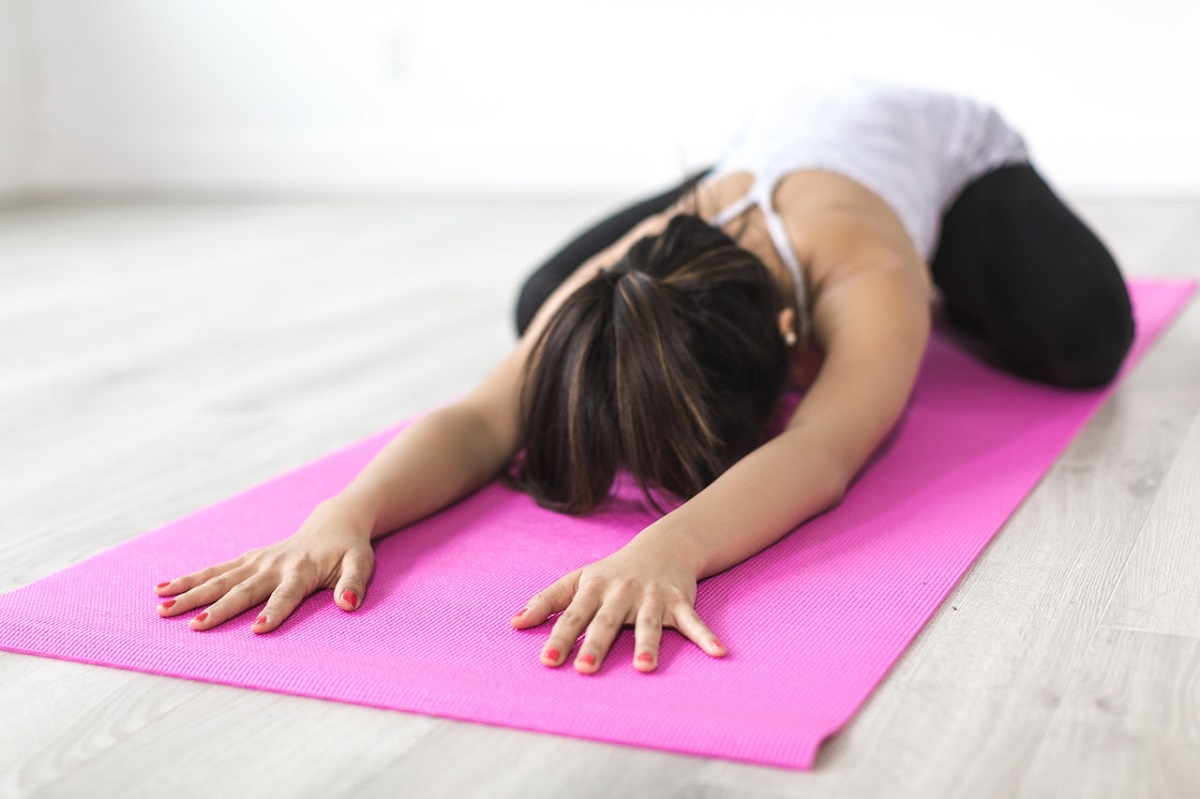Stretching is neither spectacular nor challenging. And it is unlikely to provide the same adrenaline as a jog or high-intensity interval training session. Although stretching is not the most fun aspect of your workout, it is just as necessary for a well-rounded fitness program as muscle and cardio exercises. Stretching exercises can help you increase flexibility, reduce stiffness, and ultimately make your workouts more effective and safe.
Why is stretching useful?
Stretching maintains the muscles flexible, firm, and healthy, which is necessary for maintaining joint mobility. Muscles shorten and become tight without it. When you activate the muscles, they become stiff and incapable of fully extending. As a result, you are more likely to have joint discomfort, strains, and muscle injury. Regular stretching has several advantages. Stretching is a vital aspect of fitness. It may help you enhance your flexibility, improve your posture, decrease tension and body pain, and do various other things. Healthy muscles also aid in the prevention of falls in those who have balance issues.
Where do you start?
With so many muscles in your body, the notion of stretching every day may seem confusing. Besides, you are not required to stretch every muscle in your body. Lower extremity mobility is essential. Particularly in the calves, hamstrings, hip flexors in the pelvis, and quadriceps at the very front of the thigh. It’s also a good idea to flex your shoulders, neck, and lower back. Strive for regular stretches or at least three or four times per week. Get a physical therapist who can test your muscle strength. They’ll provide a stretching program that is tailored to your specific needs.
Stretches that are Simple and Safe
Dynamic Stretches:
- Legs
Place your feet as wide as your hips from each other. If you do need more support, clutch the back of a chair. Put your dominant hand on your hip (or chair) and elevate your left foot a few inches off the ground (as much as you can about keeping your leg straight). Swing your leg across your body to the right and then out to the left slowly. Don’t overstretch your legs. After at least ten repetitions, turn your swing forward and back. Remember, don’t go as high as you can, just about a 45-degree angle from your standing leg at most. When you’re finished, change sides.
- Arms
As stated, merely swinging your arms back and forth is an excellent dynamic stretch. Position your feet firmly on the ground. Make sure that there’s nothing in your path that you will hit as you go. Swing your arms in front of your body, crisscrossing them as you need them. Swing them back out to your sides or a bit further. Swing slowly and controllably, restricting your swing only if it aches.
Static Stretches:

- Upper Body
Place your feet hip-width off from each other. Inhale and raise your arms up and out, clasping them overhead. As you exhale, reach up through your spine, pivot your right-hand palm up, grip your right wrist with your left hand, and bend to the left. Check your shoulders as you keep holding this position, inhaling deeply and slowly. The shoulders should be in a neutral posture, with shoulder blades resting on your back rather than up towards your ears.
- Lower Body
Sit with one leg on either side of the ground. Move your upper body onto your right leg, allowing it to extend out in parallel with the center of your chest. Slowly exhale and drop your ribcage toward your knee while facing your leg. You can stabilize yourself by reaching for your knee, calf, or foot. Maintain for at least 20 seconds and repeat the stretch on each leg at least two times. You can swap legs or repeat the exercise on one leg before shifting.
Yoga vs. Stretching
If you’ve ever taken a yoga class, you’ve noticed how similar some poses are. Yoga and stretching give excellent benefits to the body and mind, such as increased strength and flexibility.
While many people believe that you must do yoga to obtain relaxing effects, this is not the case. Maintaining a position is what stretching entails. You work on extending the muscle until it reaches its maximal stretch. You push your body to the point of discomfort, which usually results in a release of stress. A yoga workout, on the other hand, consists of several postures. Some of these are similar (or even the same) as stretches, but most are unique.
With so many individuals practicing yoga these days, many company owners have no qualms about starting a yoga franchise opportunity or finding a way to incorporate it into their businesses.
Simple stretching can come with many benefits. Plus, you can do it at home without needing to consult professionals and pay. It is perfect for the time that we have now, with the pandemic still ongoing.